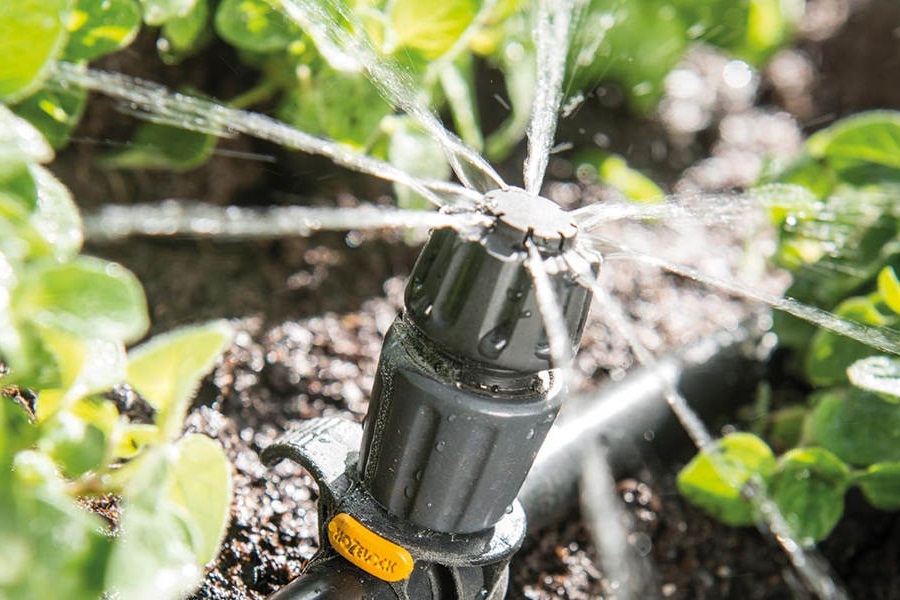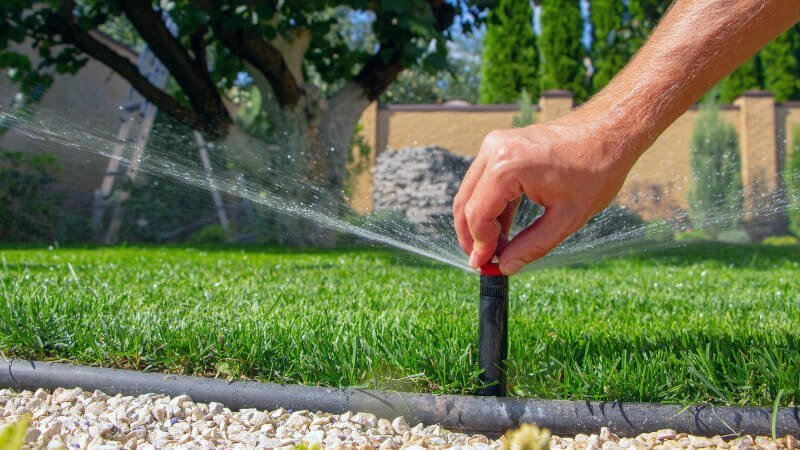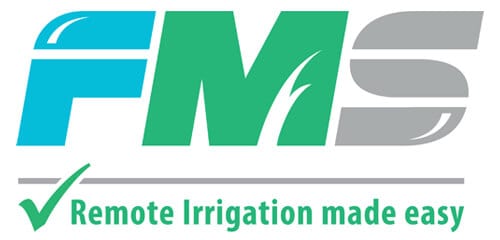0
You have 0 items in your cart
Drip irrigation, micro-irrigation, trickle irrigation – no matter what you call it, many Australian farmers may be wondering what the deal is about.
It refers to the process of dripping water on the soil at low rates, sometimes as low as 2 litres per hour, through a system of small plastic pipes. The water application is done close to the plant, making irrigation a lot more efficient. Needless to say, dripping irrigation is a popular method for environmentally-conscious farmers, but when you boil it down, is it a good irrigation method?
Let’s look at the pros and cons



It’s almost impossible to talk about drip irrigation advantages without mentioning its obvious environmental perks. This type of system conserves water tremendously by delivering water directly to the soil surface, and close to the plant.
The application of water uniformly on the landscape also means farmers need to use less water on average, and some estimates claim that drip irrigation can use 30 to 50% less water on average. But apart from this, there are also other perks Australian farmers should consider:
Less water needed to keep crops healthy automatically means lower water bills. This obviously means drip irrigation can be an effective investment that farmers can make to cut down on their costs.
Unlike other irrigation methods, drip irrigation doesn’t expose the soil to water in quite the same way, and as a result, there are fewer risks of the soil eroding.
Drip irrigation does not usually require land destruction or excavation in order to be installed, meaning that the integrity of the soil remains intact. It’s a safe process that won’t put a halt on a farm’s activity.
Drift is caused when the wind carries water and spreads it to a region that does not need irrigation. This does not happen in drip irrigation, as you can control exactly where you want the water to go.
By delivering water directly to the ground’s surface, the chemicals you use on your crops such as fertilizers or pesticides do not leak into the groundwater. This usually happens with a system like sprinkling, which distributes the water over the entire crop.
Drip irrigation can improve the environment surrounding the root thanks to how it distributes water, which is inevitably reflected in plant or crop health. Additionally, the soil can keep constant moisture at a controlled level, which can promote healthy growth even more.
The chances of weeds, funguses, or water pests emerging while having a drip irrigation system is considerably lowered. The water is going only where it needs to be, and usually in small amounts, which doesn’t encourage these crop dangers to appear.



If you just look at the first part of this article, drip irrigation seems like a no-brainer from a financial and quality of crop point of view. However, it’s important to consider the other side of the coin as well so that you can make an informed decision.
Here are some drawbacks of drip irrigation:
Installing drip irrigation is expensive, especially if you’re a farmer on a budget and compare different systems. All the materials needed, as well as the labour costs, combined with a large surface area that needs to be covered can drive up the cost a lot.
Drip irrigation requires very clean water, and any mud particles may attach to the tubes and affect their integrity. This means that farmers who adopt this system will have to take into consideration high maintenance costs.
Drip irrigation involves plastic tubes, which are known to suffer damage when exposed to UV radiation over long periods. To protect them, farmers would need to cover the tubes with mulch, but that in itself may be expensive if the pipes extend over a larger area.
With drip irrigation, it’s not a case of installing it and then not worrying about it for a long time. In fact, the maintenance of the system needs to be extremely thorough and address any issues with the system as soon as they appear. Otherwise, these issues with piping will eventually affect the crops.
Drip irrigation is most suitable for row crops, such as in the case of fruits and vegetables, trees, and vine crops. Additionally, given the high costs of installing and maintaining drip irrigation, it makes the most sense of using this system for more valuable crops that can get farmers a return on their investment.
The fact is, drip irrigation may not be the best option for all crops, no matter if the farmer wants to install it. If it’s a decision based on saving water, then there are other methods available that could help. For example, spray irrigation can be improved by using hanging pipes instead of spraying water at high pressures to have better control of water distribution.
Irrigation is highly needed when you cannot count on rainfall to help the crop grow. But farmers who use such systems know that choosing which one to install must be based on different criteria, from how it will impact the crop to how efficient the system can water the plant and even costs.
But in any case, if efficient irrigation is what you’re looking for, we at Farm Management System specialized in cost-effective and powerful automatic irrigation systems that can help. Get in touch with us now to find out more about our services either online or by phone at 1300 003 367.
